A car that can fly and avoid traffic. We have all seen it in the best sci-fi movies, but it is soon reality now a Dutch tech company revealed their near production-ready PAL-V flying car.
The three-wheeled vehicle offers space for two passengers and comes with two propellers that are automatically stored away on the roof of the car. Once it goes into flying mode, the mechanism unfolds and slightly pushes down the three wheels, which stay out unlike those of an airplane. According to PAL-V, flying was never this comfortable as the PAL-V ‘Liberty’ is 80% less affected by wind gusts and turbulence.
The model name Liberty could not be any more suitable. The vehicle promises swift take-off and flexible landing, making it possible to go virtually anywhere. You do however need a pilot license in order to operate one, but the company ensures that it was never this easy to get one. All legal ends have been taken care of too, as PAL-V states that their flying car complies with both flying and driving regulations.
To give you an idea of the lightweight and compact setup of the flying car, it weighs only 664 kg empty and the maximum take-off weight is set at 910 kg. While it may not appear to be the most aerodynamic setup for road use, the PAL-V Liberty is capable of reaching a maximum driving speed of 160 km/h and will accelerate to 100 km/h in under 9 seconds. It is powered by a 100 hp combustion engine and has a driving range of 1315 kilometers, courtesy of the 100 liter fuel tank.
When in flight mode, the engine liberates 200 hp setting the maximum cruising speed at 180 km/h. The most economic cruising speed is said to be 140 km/h and could get you as far as 400 kilometers on one tank of fuel, and even up to 500 kilometers far if only one person operates the vehicle. This boils down to a maximum flight endurance of just over 4 hours, which includes half an hour of fuel reserve which is roughly translated to 100-150 kilometers of driving range.
Now you are probably wondering what it takes for the PAL-V Liberty to take off. Unfortunately it will not be as easy as going straight up once you are stuck in a traffic jam on the highway. The flying car needs about 330 meters of take-off distance and an obstacle clearance of about 15 meters.
What else is good? Well, it simply runs on unleaded fuel so you can casually fill up your flying car at your local gas station like anyone else. Will it be suitable for bigger trips? That depends, with two average weighing persons there is a maximum of about 20 kg of bagage allowance left in order for it to be able to take off.
The PAL-V Flying Car is supposed to cost about $600,000. Do you think this will be a serious option for your future daily commute?


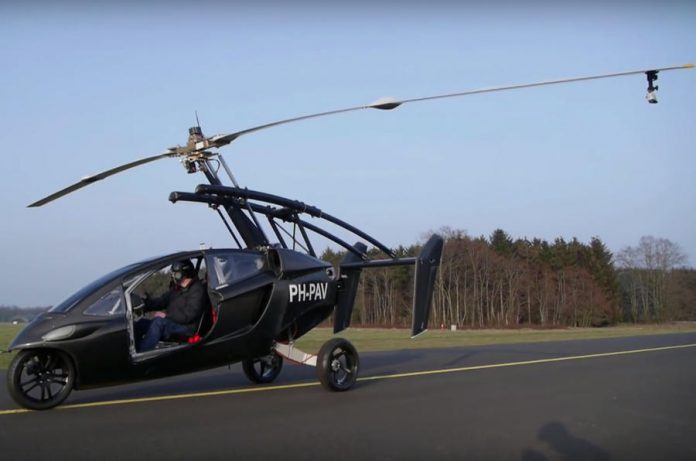
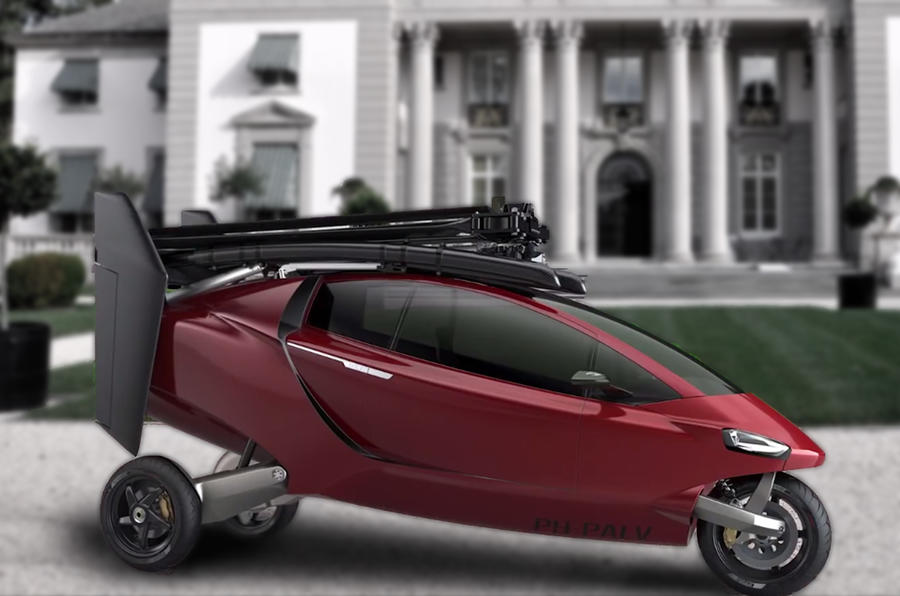

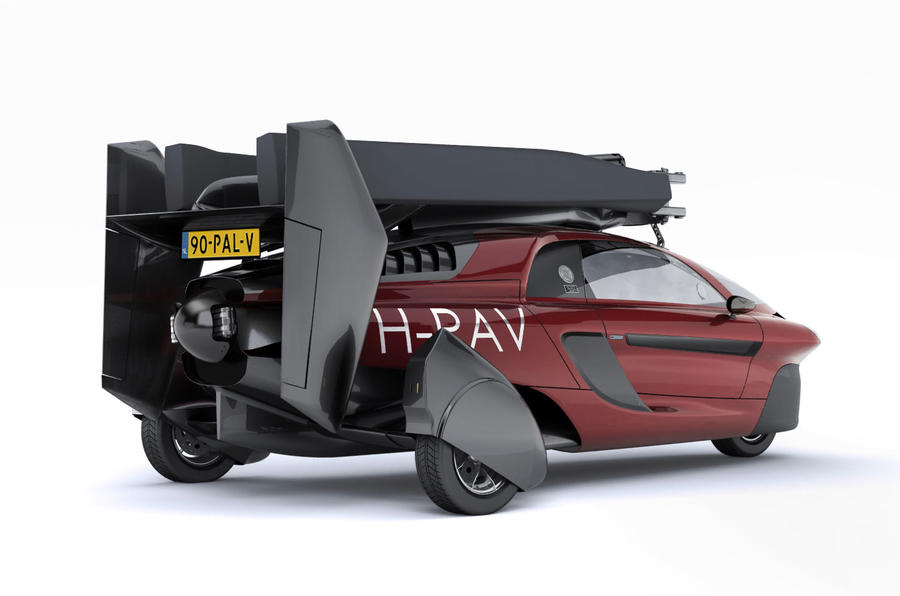
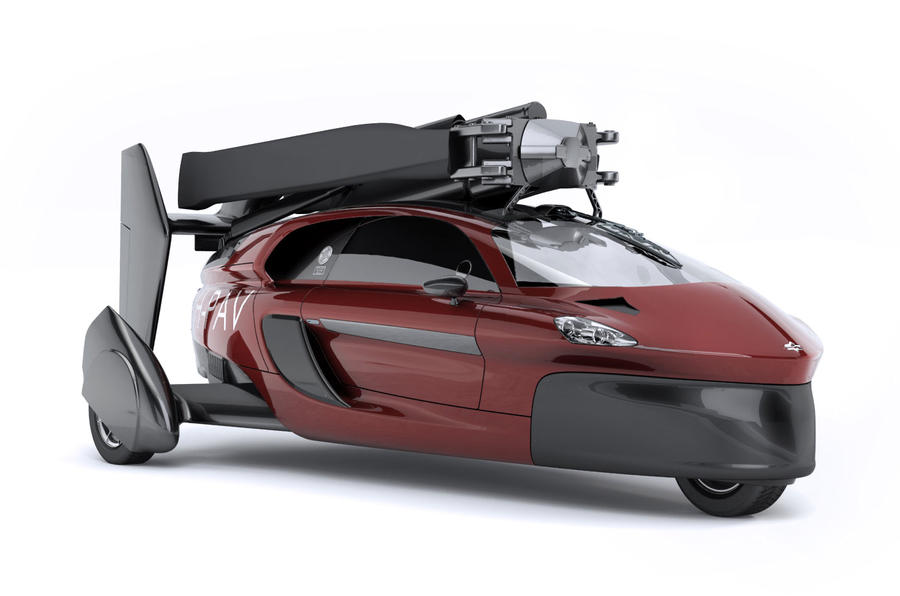
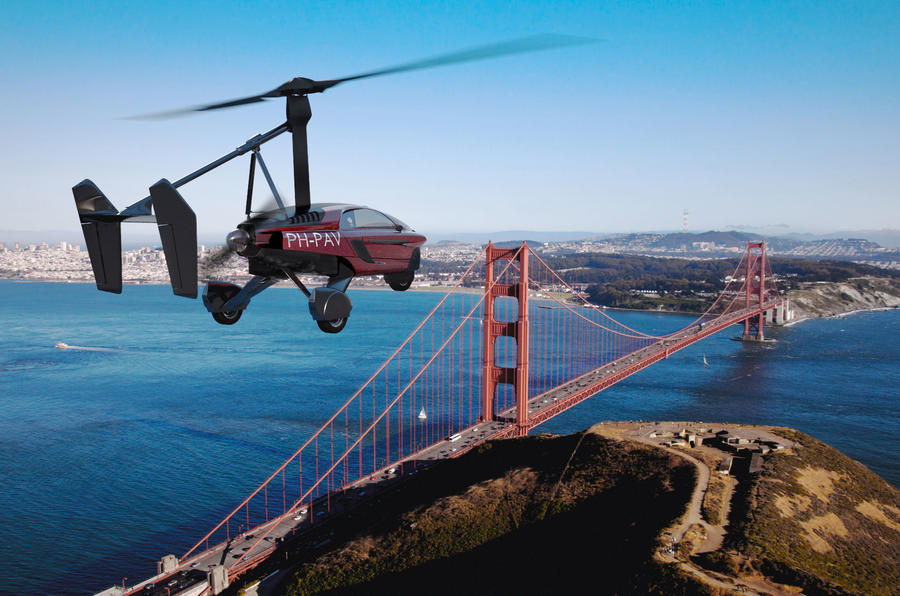

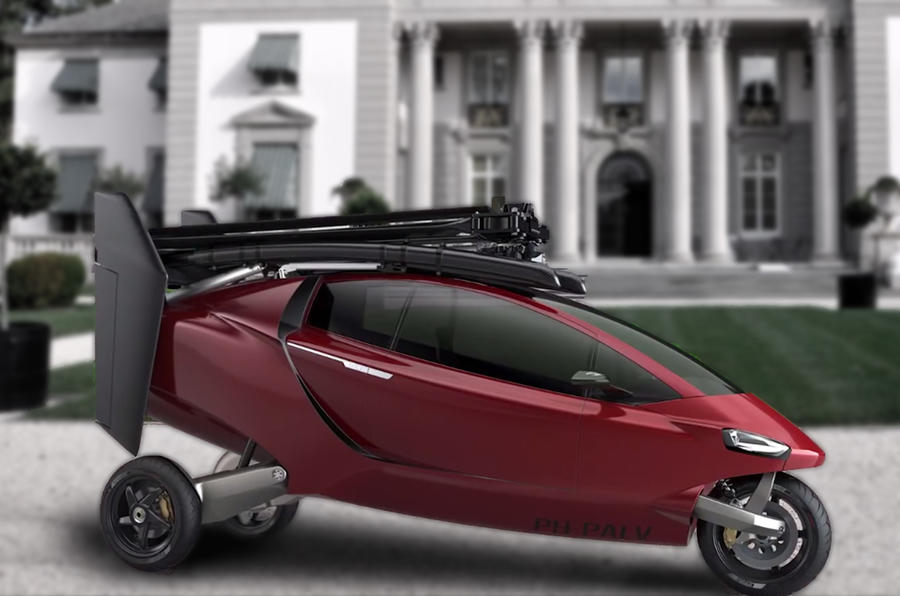
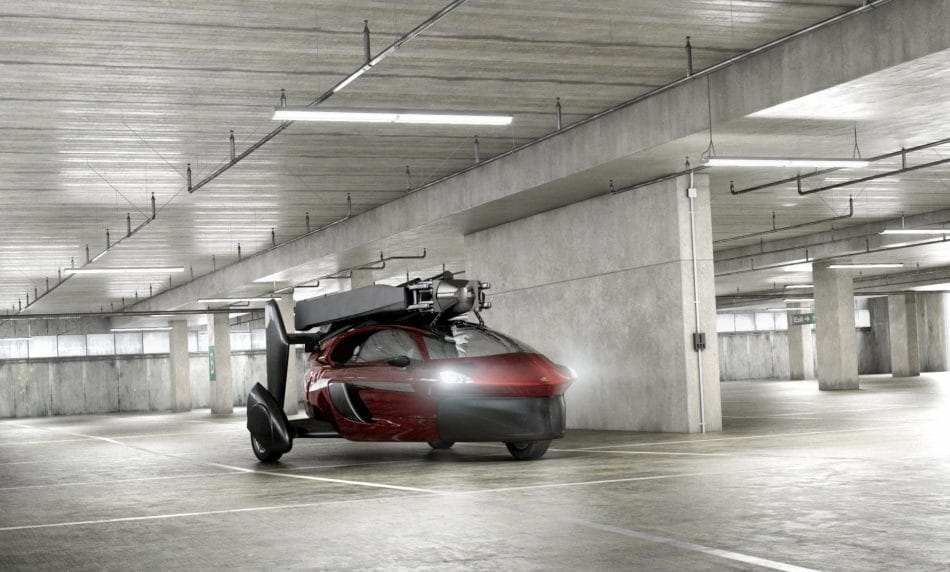




















Holy cow. The future keeps on getting uglier. LoL
A flying car with retro rockets / boosters and stabilisers but this. This isn’t the future of flying cars!
We’ve had various “production ready” models of flying cars for well over 30 years now. None of them ever make it into production. Why? Because the problem is not technical, but legal. Legislation and rules is what’s holding them back. and perhaps that’s just as well. People can barely manage to drive on roads, imagine if thousands of them were moving in 3-dimensional space! Most people are not cut out to be pilots, that’s the simple truth.
Perhaps once vehicles can be made fully autonomous this concept will get somewhere.